Find the pages, products, documents, and resources with a full site search.
Advanced Document SearchAsbestos, Lead, PCB, Nuclear
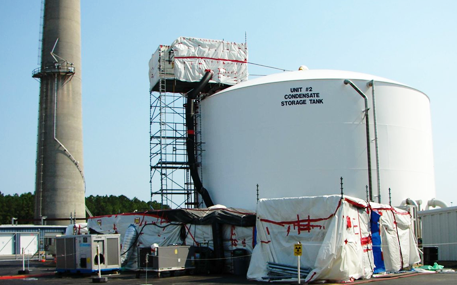
No matter what contaminant is on the surface, Sponge-Jet’s engineered composite media can help remove, capture and contain it. The unique approach of this technology allows better planning and implementation of abatement projects resulting in reliable results and time schedule performance.
- Lead paint removal
- Asbestos abatement
- Nuclear decontamination
- Mold treatment
- PCB contaminant removal
- Anti-fouling compounds
Sponge-Jet’s MicroContainment™ feature provides repeatable results across the wide range of decontamination and abatement projects.
Features & Benefits
- Lower project costs
- Simplify job staging
- Reduce compliance costs
- Improve worker health and safety
- Decontaminate, absorb and abate hazards
- Improve community relations and compliance
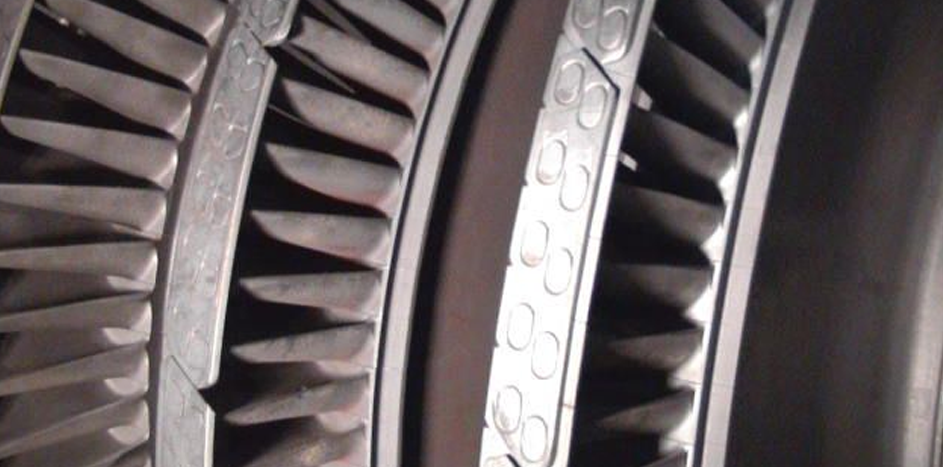
Radioactive Decontamination of Low Pressure Turbines
Contaminated turbine components were blasted with Silver 60 Sponge Media™ composite abrasives, achieving decontamination factors over 11; all components were designated for "free release”.
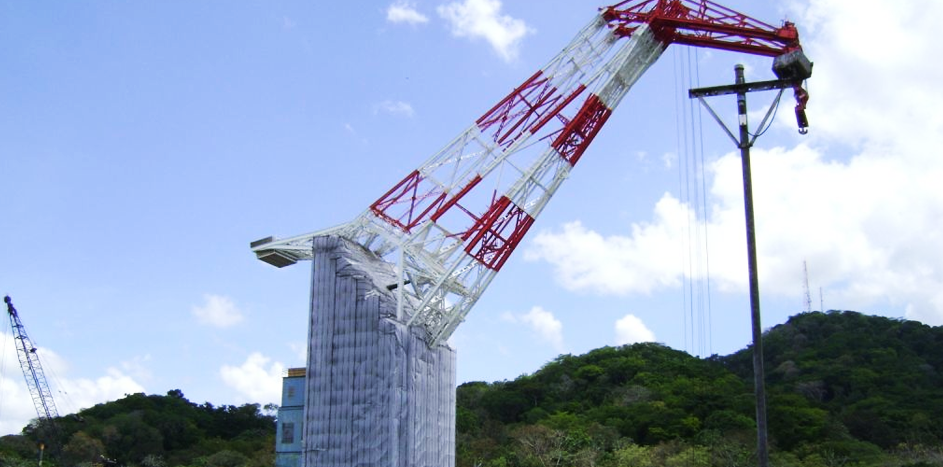
Lead Paint Removal from Crane
World's largest crane, the Titan Crane, made from steel and asbestos was stripped of 50-year old lead paint using Silver 30 Media™ abrasives. Sponge-Jet's MicroContainment™ feature suppressed lead levels to safe levels and protected sensitive machinery.
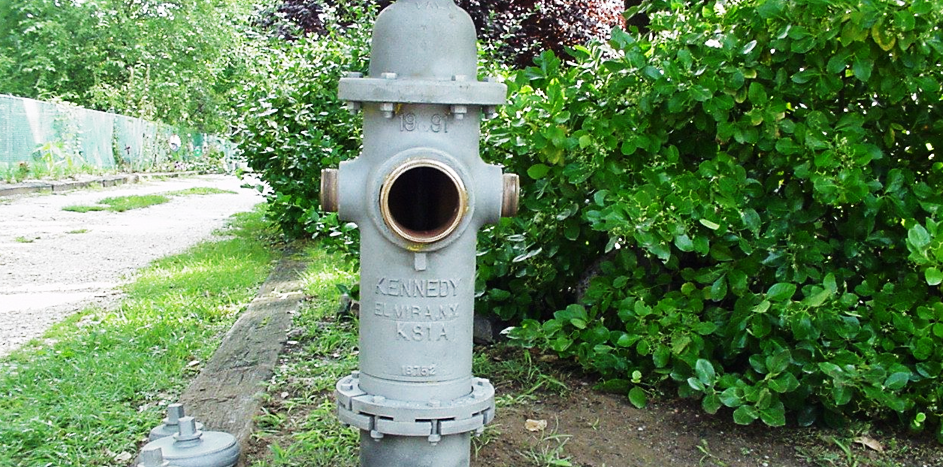
Municipalities Remove Lead Paint from Fire Hydrants
No technology is more effective, mobile and easy to staged for lead paint abatement on fire hydrants than Sponge-Jet. The process also offers minimal disruption and cost to the community. Other technologies often require containment built in place; Sponge-Jet allows for rapid deployment containment (e.g. over-sized phone booth) which is both fast and efficient.

Lead Paint Removal on Large Structures
Many older industrial, commercial and institutional buildings contain hazardous materials such as PCBs, lead paint, asbestos, chromate primers and petroleum residues – which often contain heavy metals. Sponge-Jet MicroContainment™ properties allow for cost-effective removal, with reduced worker exposure and less total contaminated waste from a job.
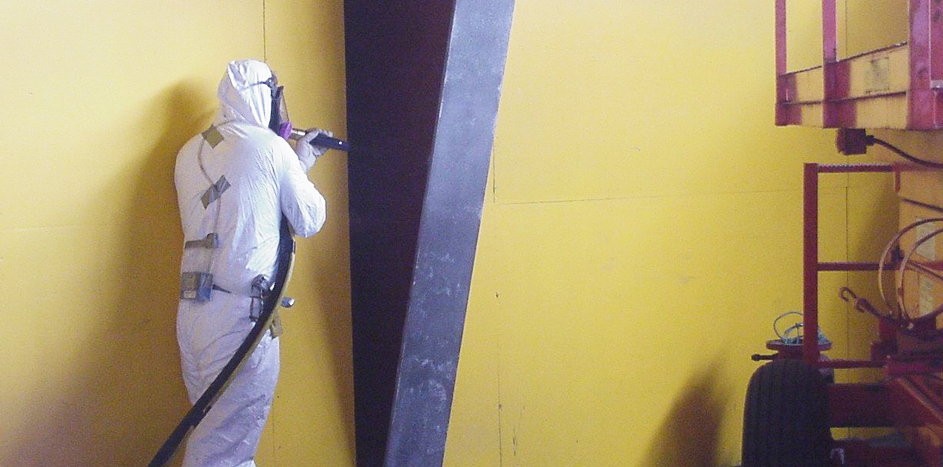
Engineering Controls for Lead Paint Removal
This industrial building in Kodiak, Alaska (USA) required removal of lead paint primer from aluminum walls and ceilings in a safe manner with minimum interference to other sections of the building. Sponge-Jet was highly effective and OSHA approved “Engineering Control” that allowed the abatement contractor to rapidly remove the coating while maintaining very low worker exposure within the containment.
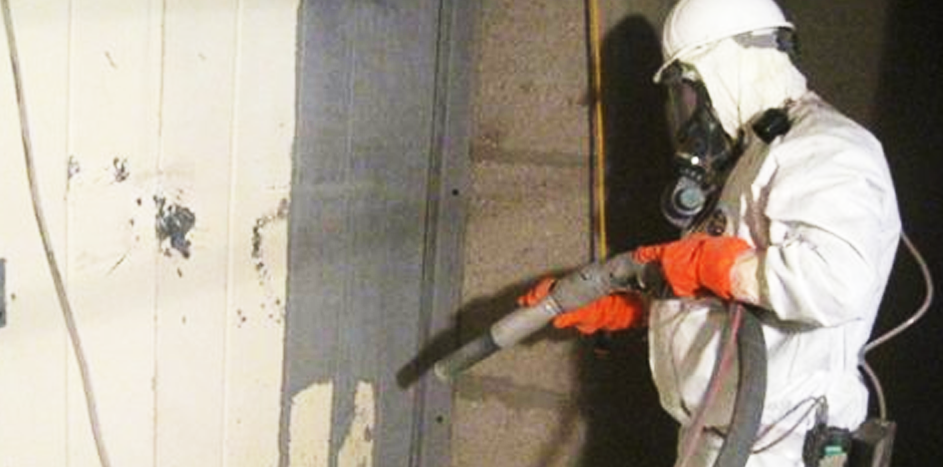
Workers Exposure Below Actionable level
Worker exposure levels are monitored on many lead abatement projects such as this one at a major US power generation plant. Often, if appropriate engineering controls (such as ventilation) are used with Sponge-Jet – air monitoring results have determined worker exposure to be below actionable levels.
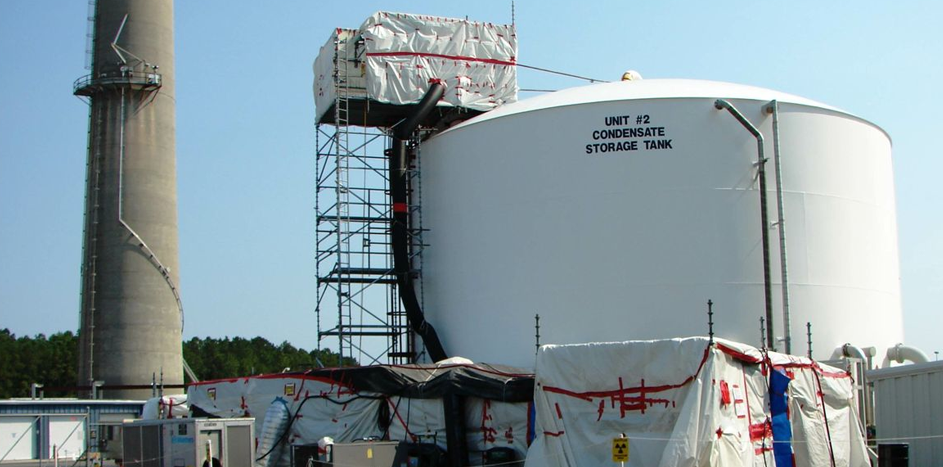
Nuclear Plant Decontamination
Composite Sponge Media™ products capture the surface layer being cleaned/abraded/at the point of impact - and further suppress for example, low-level nuclear contaminants from being spread to other areas. This effective, one-step decontamination process reduces radioactive exposure like it did during this condensate storage tank restoration project.
Sponge-Jet 资源中心
Resources
Sponge-Jet 资源中心
Resources

400-HP Feed Unit Manual CE – CHI
©2007 Sponge-Jet, Inc.
Download
35-P 50-P Recycler™ Manual CE – CHI
Sponge-Jet®海绵喷砂系统
Download
介质回收器
用户手册
型号:
35-P
50-P
Sponge-Jet, Inc.
Xtreme Riding Team – CHI
Lock and RollTM
Download
紧固系统:
– 定制设计的锁紧系统将两个设备连接
起来,�…
MicroContainment Diagram – CHI
磨料喷砂技术比较
Download
传统的磨料混合在 Sponge Media 里 TM
传统磨料喷砂材料
单�…
博客
Recent Blog Posts
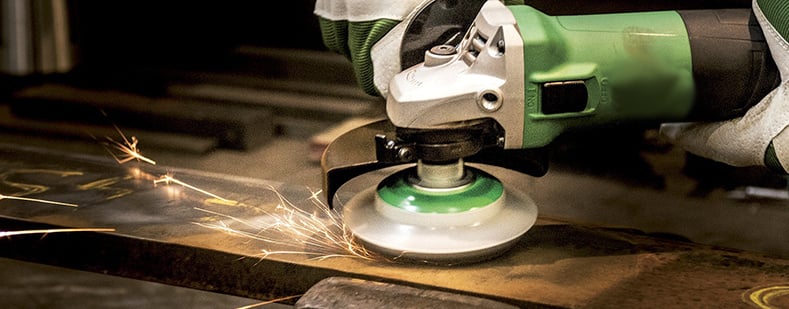
Power Tooling vs Abrasive Blasting for Surface Prep
Power tooling is a method of surface preparation commonly used in tight spaces where access is limited. Pneumatic, electric, and hand tools such as angle grinders, needle guns, wire wheels, wire brushes, scrapers, and sanding pads can be used to remove rust, paint, and other contaminants from a surface.
Read More >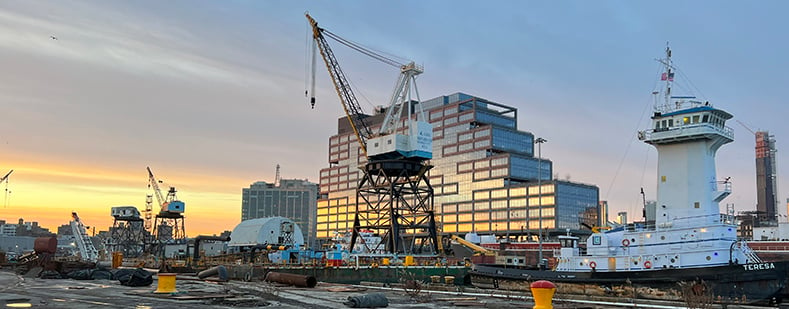
Sponge Media and the Marine Industry
Both Freshwater and Saltwater vessels see all sorts of contaminants and corrosion throughout their service life. Corrosion can threaten everything on ships, from power gen and water storage tanks, to their general structural integrity. In order to overcome these threats, proper surface preparation is key.
Read More >
